NZXT Rogue Crafted Series SFF Gaming Chassis
A Closer Look
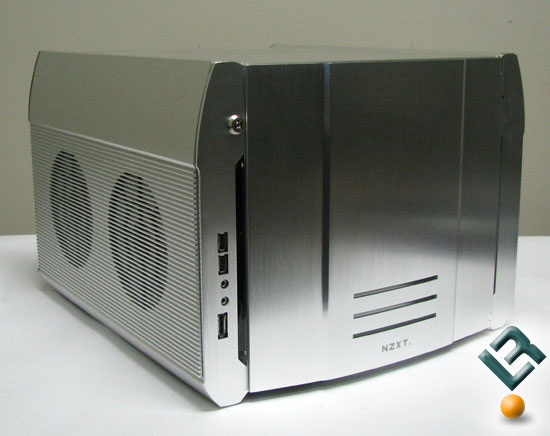
With the Rogue out of the box we can start to get a better look at it. The Rogue has all aluminum sides, front bezel and door. Down either side of the door are two light bars that light up when the system is powered up. Our review sample is the silver with blue LED version; there are also black with red or blue LED versions.
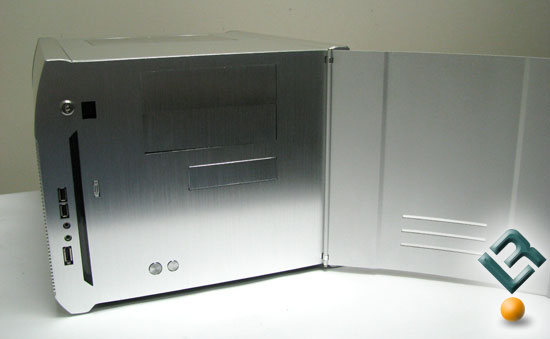
With the door open we can see the drive bays, power switch, and reset button.
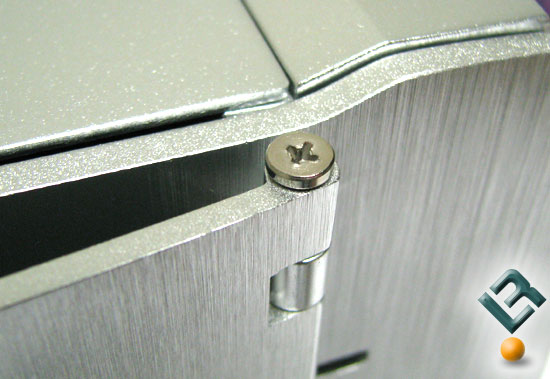
If youre not a fan of doors you can remove the door. With a little work the hinges can be removed as well, but you have to practically take the case apart to do it.

If you keep the door you can take advantage of the heavy duty front lock.
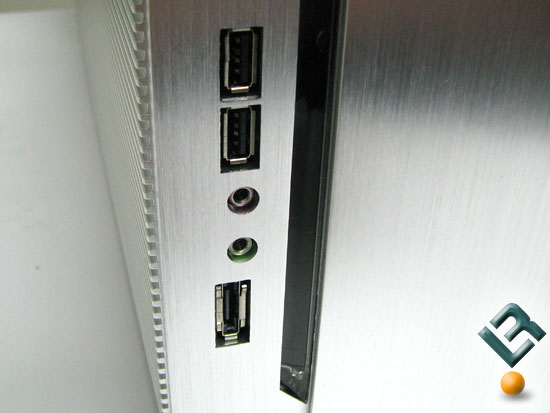
At the lower left are the front I/O ports, 2x USB, eSATA, and Audio ports.
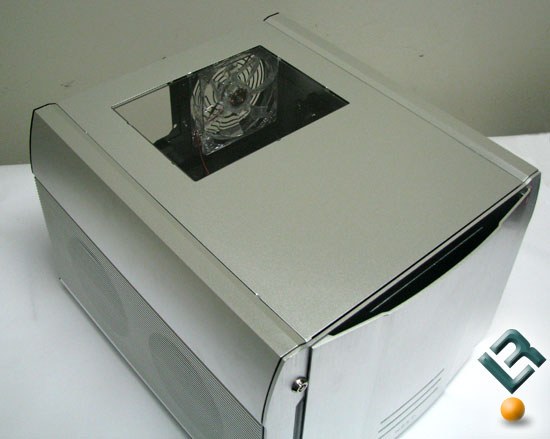
Looking from the top we can see the top access panel. The panel has a small window that allows you to see the CPU cooler and that is about it. The rest is blocked by optical drives and the PSU.

Looking at the rear we can see the rear 120mm blue LED exhaust fan, PSU mount area, and expansion slots.
The Rogue next to a typical SFF case
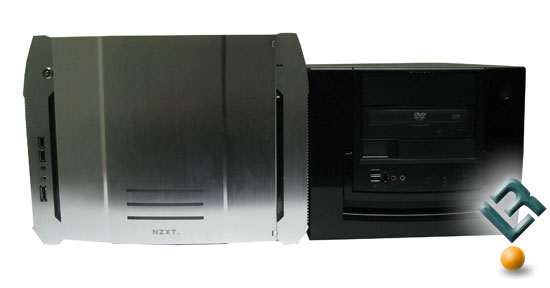
Here I have the Rogue next to the Apevia X-Qpack, what most consider a SFF case. With these two side by side you can start to get a good feel of how much bigger the Rogue is from a traditional SFF case.

Looking from the top the Rogue looks even bigger. The Rogue is slightly longer then the Qpack, but as we will see in just a moment there is an upside to this bigger size and its the one thing that has plagued SFF cases for ever.

Comments are closed.